Language Learning
4.8
Reviews from our users

You Can Ask your questions from this book's AI after Login
Each download or ask from book AI costs 2 points. To earn more free points, please visit the Points Guide Page and complete some valuable actions.کتاب های مرتبط:
Analytical Summary
Language Learningpp.87—108 stands as a distinctive, academically rigorous segment that delves into the complex mechanics of acquiring and refining language skills. This book section, written with precision and clarity, offers an in‑depth study that is particularly relevant to professionals, researchers, and advanced students in the fields of applied linguistics and second-language acquisition. While the exact publication year is information unavailable due to no reliable public source, the content’s enduring relevance makes it a touchstone for analytical discourse on language learning.
The text breaks down the foundational theories behind how individuals process, retain, and use language across varied contexts. Readers will encounter critical examinations of cognitive, social, and cultural factors influencing language mastery, as well as meticulously referenced case studies that illuminate the practical applications of theory. Every argument is built upon established academic frameworks, making this portion of the book a valuable resource for those engaged in creating or evaluating language instruction methodologies.
Structurally, the section progresses from theoretical underpinnings, through empirical evidence, and into reflective practice. This deliberate flow not only reinforces comprehension but also demonstrates the interconnectedness between research and pedagogy. As such, Language Learningpp.87—108 provides the academic reader with a scaffold that can be applied both in scholarly debate and in practical classroom implementation.
Key Takeaways
From this segment of the book, several profound insights emerge, each pivotal for advancing both theoretical frameworks and practical techniques in language education.
First, the work underscores the importance of integrating cognitive science into language pedagogy, ensuring that teaching methods align with how the brain encodes and retrieves linguistic information.
Second, it emphasizes sociocultural dynamics, highlighting that language learning is deeply intertwined with identity, community, and interpersonal interaction.
Third, the section reinforces the role of ongoing feedback and assessment as drivers of learner autonomy and long-term retention.
Memorable Quotes
“True language mastery emerges when learners engage with both the structural and the human aspects of communication.” Unknown
“Instruction devoid of context risks creating hollow competence; meaning breathes life into structure.” Unknown
“Feedback is the bridge between potential and performance in language learning.” Unknown
Why This Book Matters
Language Learningpp.87—108 matters because it bridges the gap between specialized research and real-world application, serving as an indispensable reference point for anyone serious about mastering the art and science of language acquisition.
It offers professionals in applied linguistics the opportunity to revisit core principles with fresh empirical data, while also providing educators with implementable strategies informed by interdisciplinary scholarship. For academicians, its rigorous analysis strengthens research design and theoretical modeling in second-language acquisition studies.
In an era where linguistic competence is both a personal asset and a societal necessity, this section helps articulate the essential skills and conceptual understanding needed to thrive in multilingual environments.
Inspiring Conclusion
Language Learningpp.87—108 is more than a collection of theories and data; it is a call to purposeful action for educators, researchers, and learners committed to the lifelong journey of language mastery.
By immersing in the analytical depth and practical wisdom found in this segment, readers can refine their approach to teaching, learning, and studying languages, ensuring that their methods are scientifically robust and culturally sensitive. This balanced perspective not only enriches personal expertise but also contributes meaningfully to the global discourse on second-language acquisition and applied linguistics.
Now is the time to engage with Language Learningpp.87—108—read it closely, share its insights with colleagues, and use its principles to spark informed discussions in your professional and academic circles.
Free Direct Download
You Can Download this book after Login
Accessing books through legal platforms and public libraries not only supports the rights of authors and publishers but also contributes to the sustainability of reading culture. Before downloading, please take a moment to consider these options.
Find this book on other platforms:
WorldCat helps you find books in libraries worldwide.
See ratings, reviews, and discussions on Goodreads.
Find and buy rare or used books on AbeBooks.
1424
بازدید4.8
امتیاز0
نظر98%
رضایتReviews:
4.8
Based on 0 users review
Questions & Answers
Ask questions about this book or help others by answering
No questions yet. Be the first to ask!

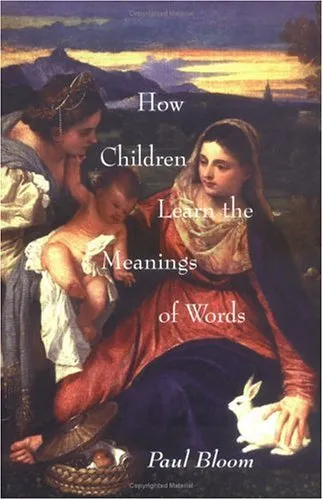
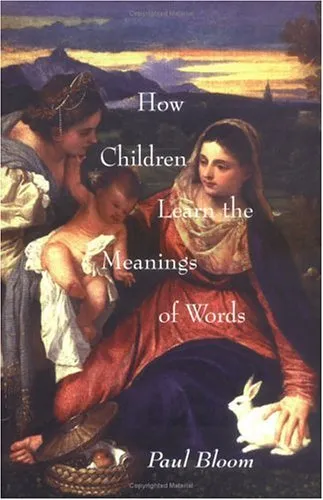
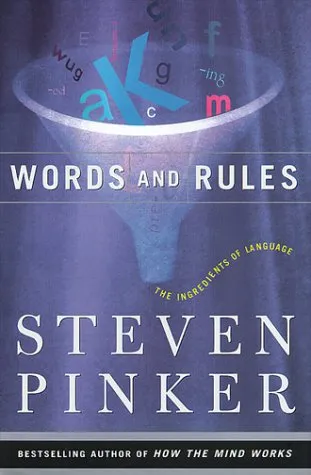

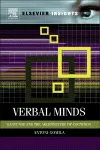
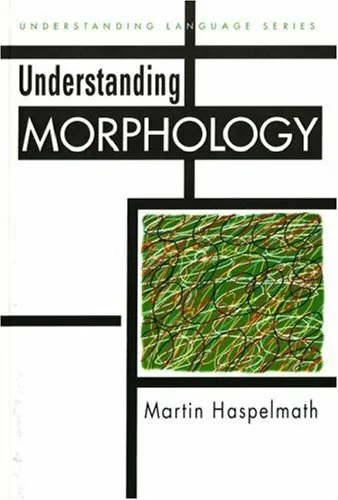
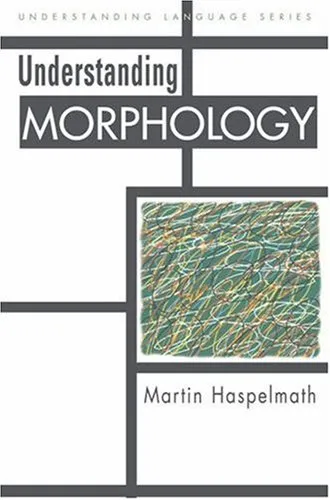


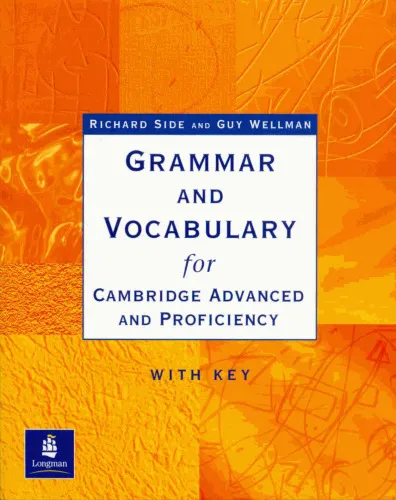
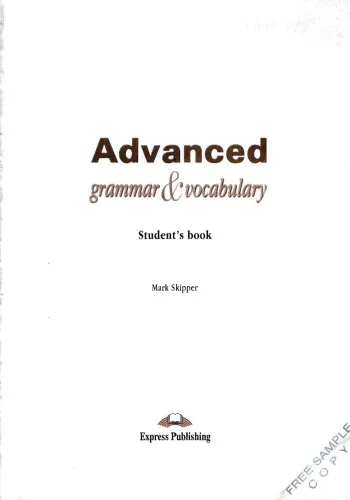

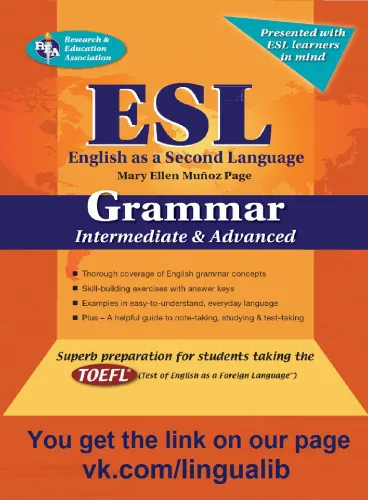
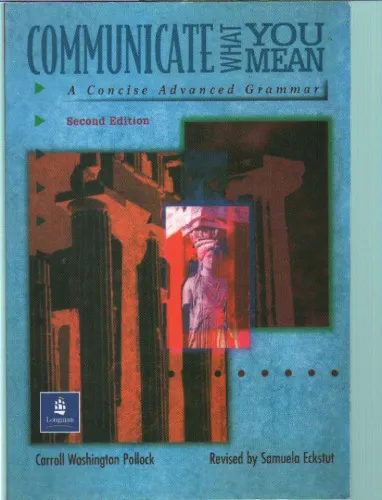



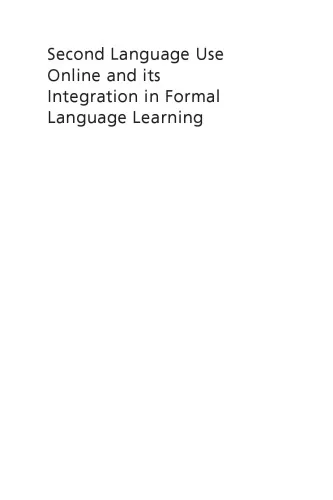
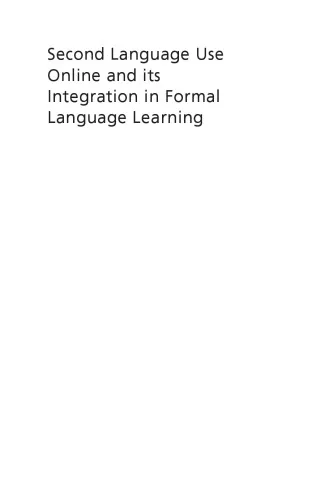

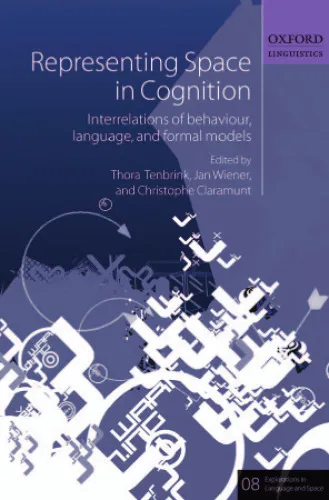
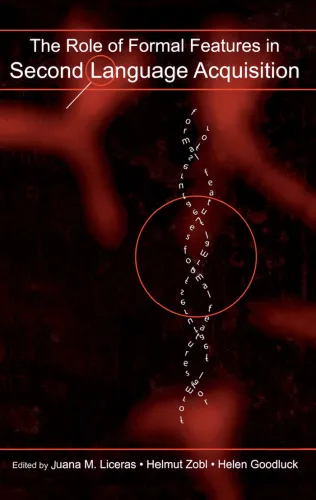
![Studies in Generative Grammar [SGG]; 142](https://s3.refhub.ir/images/thumb/Studies_in_Generative_Grammar__SGG___142_45571.webp)
